NB-IoT: narrow band - broad prospects

The “Internet of Things” (IoT) theme is becoming one of the most popular lately. According to the International Energy Agency, the volume of this market by 2020 will be trillions of dollars: there will be more than 14 billion connected IoT devices in the world, while there will be only about 3.5 billion people using the Internet. Internet of Things devices can use both wired and wireless technologies. In this article, we will focus on the prospects of mobile operators in the IoT market and dwell in more detail on the capabilities of the NB-IoT technology.
Many mobile operators have created special IoT / M2M divisions to service a growing number of companies implementing mobile IoT solutions. A number of large operators have acquired niche companies to serve a wider part of the value chain of IoT solutions. As the market grows, it becomes obvious that for many use cases of such solutions, existing cellular technologies are insufficient due to limited coverage, high cost of terminal devices and the short service life of their batteries.
')
The current cellular networks provide a fairly wide coverage area in developed regions, but even there it often requires high power from the terminal device, which reduces battery life. In addition, cellular networks are not optimized for solutions that operate in the mode of “transmitting small amounts of data from time to time”.
An important aspect is the cost. Mobile devices operating on GSM, 3G and LTE, designed to implement a range of services, including mobile voice, messaging and data transfer at high speed. However, there is a large class of solutions that do not require the support of these functions - only low-speed but reliable data transfer is needed. This is what is required for a large class of M2M and IoT applications (Fig. 1).

Fig. 1. Positioning technology LPWAN in comparison with the 2.5-4G.
Source: Avnet.
A solution with a battery with a service life of several years in combination with an inexpensive terminal device cannot be implemented on existing cellular standards, since they do not support the necessary energy saving mechanisms. This is a zone where LPWA-based solutions are promising, which do not require support for the above-mentioned functions, but reliably provide low-speed data transfer. And the use of traditional cellular technologies in this area is too expensive.
Low-Power Wide-area Network - “an energy-efficient long-range network” is a wireless technology for transmitting small data over long distances, providing an environment for collecting data from sensors, meters and sensors.
Low power consumption is an important condition for 80% of LPWA use cases, including applications such as smart meters, wearable electronics, smart parking. Many options for using IoT require little price and power for practical reasons, such as ease of installation or the risk of theft. It should be noted that the market potential of IoT solutions requiring low-speed connection of cheap low-power sensors is much larger than the market of devices requiring high-speed connections and relatively high power consumption (Fig. 2.)
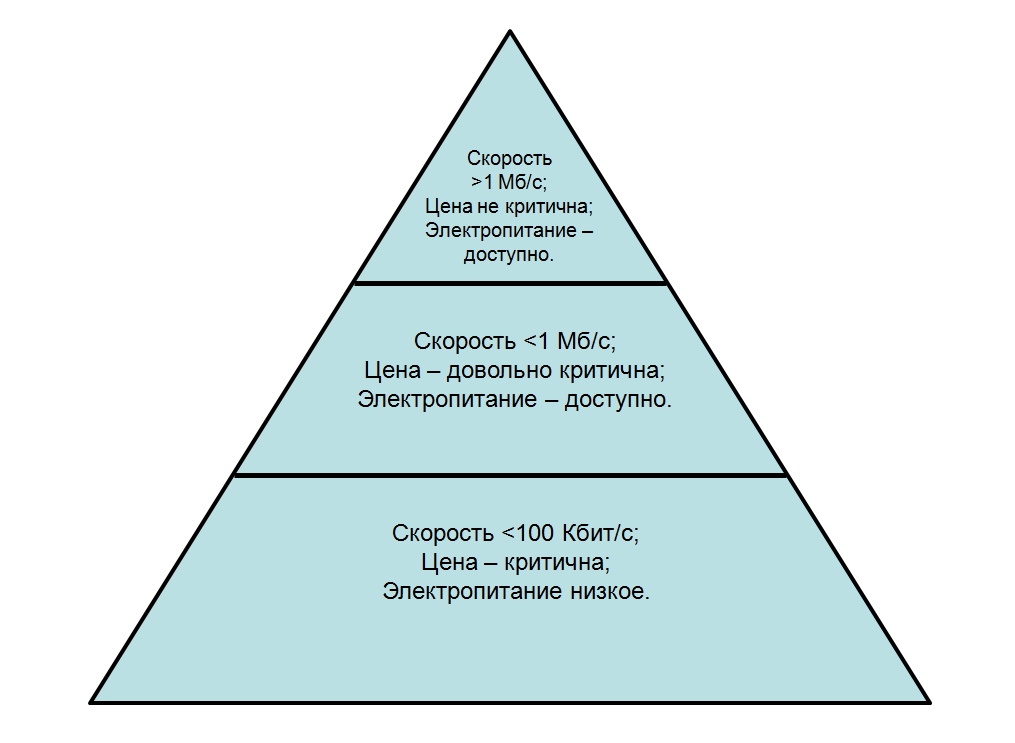
Fig. 2. The market for IoT solutions that require low-speed connection of cheap low-power sensors has great potential
The LPWA market has been around for about ten years, but the technologies that support it are fragmented and not standardized. The new technology NB-IoT (Narrowband IoT) overcomes these shortcomings: it has been successfully tested on IoT applications, and in the middle of 2016, the 3GPP (3rd Generation Partnership Project) plans to adopt a new international standard for mobile communications for NB-IoT devices that will be used in the licensed frequency range and supported by leading mobile operators.
NB-IoT provides a wide coverage area, low power consumption, the ability to quickly upgrade an existing network, promises long (up to 10 years) battery life, low terminal costs, plug and play capabilities, high reliability and security. NB-IoT meets the requirements of the LPWA market, allowing telecom operators to work with the already traditional IoT areas, such as smart sensors for water consumption, gas, electricity, tracking objects based on super-cheap ($ 5) and massively connected (50 thousand per cell ) IoT devices, and also opens up new opportunities in applications such as Smart City and e-Health.
NB-IoT allows you to connect more devices, as well as to obtain additional commercial benefits based on the application of IoT data analysis using Big Data methods. On the basis of cooperation with related industries, operators, in addition to the sale of communication services, have the opportunity to sell analytical data to third parties.
Thus, a number of market trends are driving a growing demand for NB-IoT applications.
According to Huawei, the greatest potential for NB-IoT services can be realized primarily in such industries as agriculture, health care, security systems, transport, logistics, industrial production, smart cities, smart homes, retail trade.
Huawei's calculations show that in Germany alone, for the next five years, NB-IoT will bring $ 1.67 billion (see Figure 3). Huawei's forecasts are based on an analysis of the various uses of NB-IoT applications that can be deployed in different industries. The model currently includes more than fifty use cases, including smart sensors (for electricity, gas, water), facility management, burglar and fire alarm systems for home and commercial real estate, personal “electronic health” sensors, tracking systems for people, animals or objects. , infrastructure elements of a “smart” city (for example, street lamps or garbage containers, connected industrial tools, etc.).
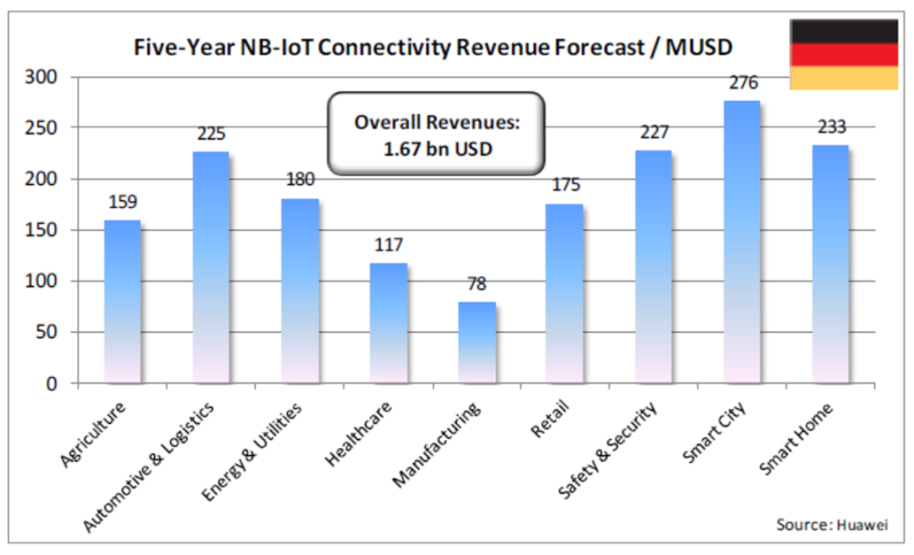
Fig. 3. Forecast of operator revenues from connecting NB IoT devices in Germany over the five-year period (million)
With a total of $ 1.67 million, the annual income from connecting NB-IoT devices over five years will be $ 334 million, which is equivalent to an increase in revenues of German operators by 2.2% due to the launch of NB-IoT services. This means that even with a conservative estimate of NB-IoT is a promising direction.
There are a number of features that make NB-IoT technology optimal for LPWA deployment. For example, improved indoor coverage is 20 dB higher than that of GSM, low power consumption, the ability to connect a large number of devices. The ability to connect a large number of sensors allows you to ensure the full connection of all devices in households. If you can connect about 50 thousand devices per cell and a density of 1500 households per square kilometer each, you can connect 40 devices.
NB-IoT has a fairly extensive ecosystem - mainly due to support from a number of leading operators.
3GPP offers three deployment scenarios: NB-IoT Guard Band, In Band and Stand Alone.

Fig. 4. NB-IoT Deployment Scenarios
The first scenario is when the allowed spectrum is outside the allowed frequency range of traditional 3GPP UMTS / LTE technologies. The second is when the guard interval for LTE technologies is used as the operating range. And the third, the least optimal one, when the resources of the allowed LTE frequency spectrum are consumed.
Deployment of the NB-IoT in the 700, 800 and 900 MHz frequency bands is optimal, since they already have a large installed base. For mobile operators working with GSM 900 MHz or LTE 800 MHz, relatively small investments are needed to quickly deploy NB-IoT.
Speaking about the participation of mobile operators in IoT-projects, it should be noted that different business models are possible. The simplest is to provide communication only: in this case, the operator assumes minimal responsibility and receives the minimum ARPC (Average Revenue Per Customer).
The next level in the value chain is the “NB IoT Operator” status, that is, the provision of the network as a service. In addition to providing communication, additional service opportunities arise here, for example, analytical processing of the received data using Big Data methods and the commercial implementation of this analytics.
And finally, the third level - when the operator acts as a service provider responsible for system integration, implementation, training and maintenance of the service. This is an option in which ARPC increases dramatically, but the degree of provider responsibility increases.
On the basis of NB-IoT, solutions can be built to connect both personal, home, public, and industrial IoT applications (Fig. 5).
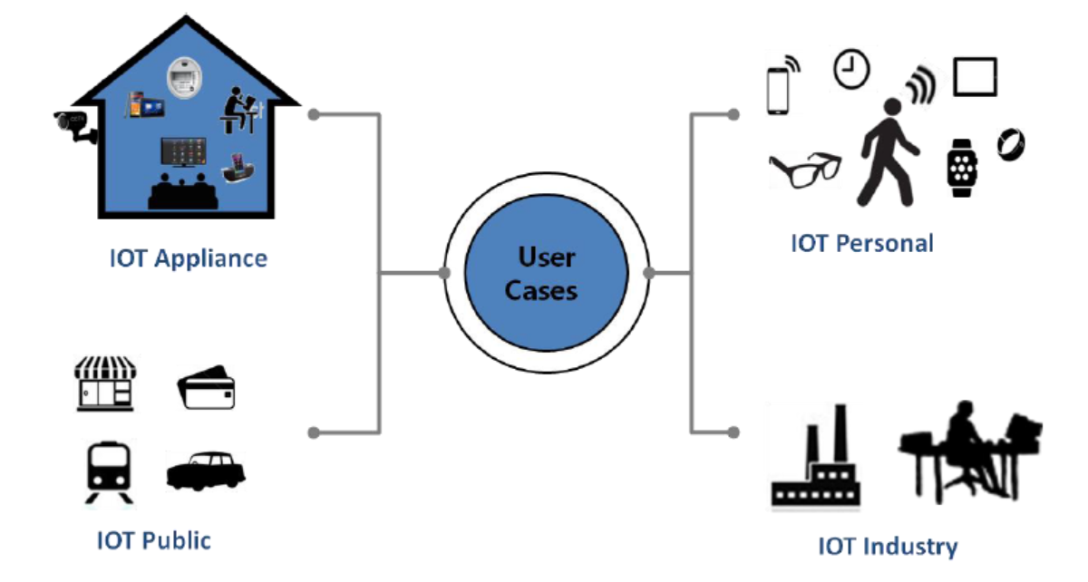
Fig. 5. Four scenarios for using NB IoT
- User case - use cases; IoT Appliance - home IoT devices.
- IoT Personal - IoT personal solutions; IoT Public - IoT public solutions.
- IoT Industry - IoT Industrial Solutions.
The most common public decision is to connect smart meters to the mobile network (Fig. 6), which saves employees time by using remote data collection on water, electricity and gas.
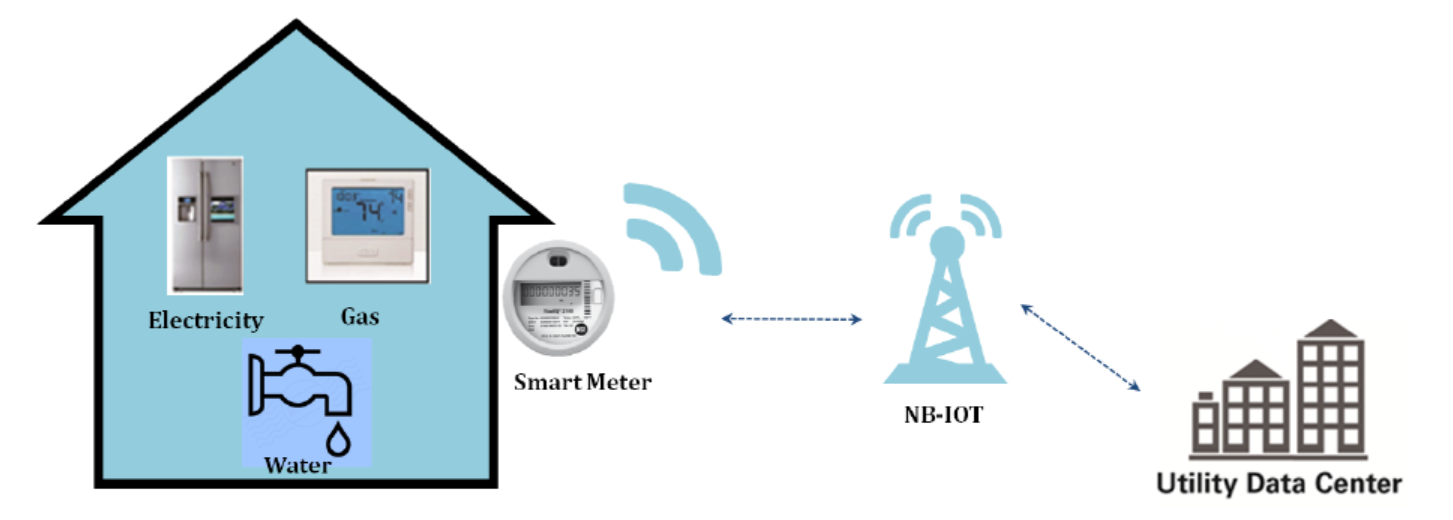
Fig. 6. Connecting to the smart meter mobile network
This category should include decisions on the connection of warning sensors and alerts. For example, a warning of an invasion of a dwelling, a warning of smoke or an elevated temperature that may be associated with a fire.
Among the public decisions I would like to mention the so-called "smart" garbage containers. Such a container can report how full it is, and thereby optimize the work of public utilities for garbage collection. Based on the information from the container sensor, the optimal route can be calculated and transferred to the garbage truck driver.
The “smart parking” solution (Fig. 7), built on the basis of an inexpensive geomagnetic sensor, should also be called promising.
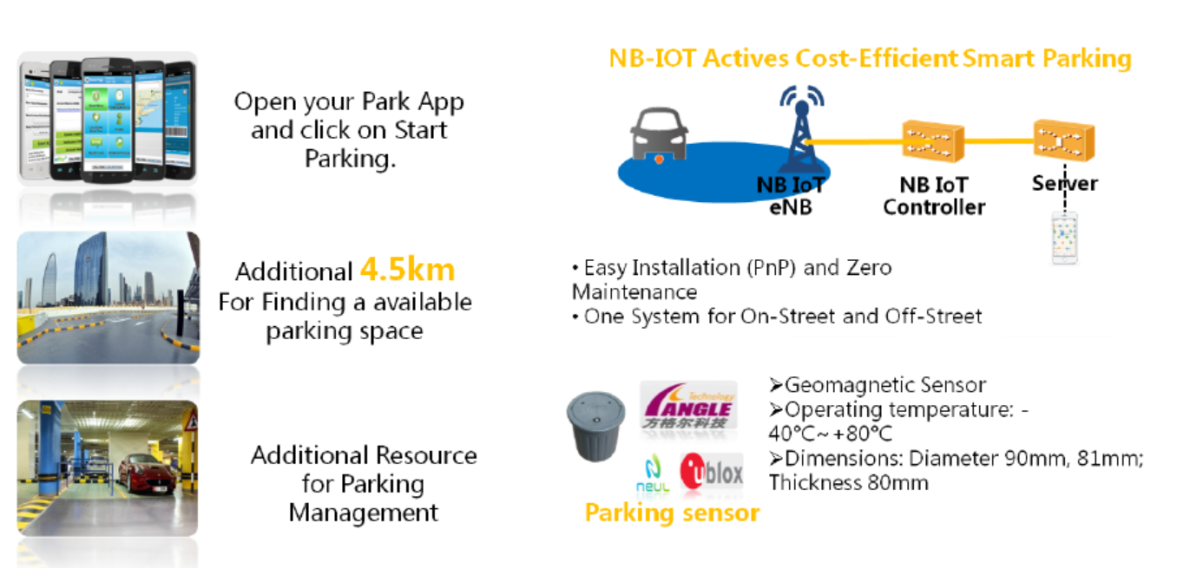
Fig. 7. The solution for the organization of "smart" parking
Industrial IoT applications mainly use low-power devices, such as logistics and tracking solutions. The technology allows you to control the location of goods, and warnings and recommendations can be sent to technicians on their smart phones in real time.
You can track not only cargo, but also industrial objects - by attaching a module that transmits information about its location. Great opportunities for NB IoT are opening up in applications of “smart” agriculture. It also requires the use of sensors to automate irrigation, warning of abnormal situations (for example, in a greenhouse, an elevated temperature or running out of water in tanks, etc.). Sensors can send information about the composition of animal feed, track the content of certain components in them, collect data for analysis.
Speaking of smart home applications, it should be noted that they are usually deployed on the basis of short-range technologies such as Z-Wave and ZigBee, and the connection to the Internet goes through the home gateway. However, a device with an integrated NB-IoT chipset may be the preferred solution.
Good prospects for NB IoT and for connecting personal devices. Recently, wearable fitness and health monitoring gadgets are gaining popularity, with which users can monitor their physical activity, calculate calories burned, measure pressure, pulse and other parameters.
In conclusion, it should be emphasized once again that NB-IoT opens up a new field of activity for mobile operators, and they should invest in these solutions today in order to take a share in this promising market in time.
Author: Alexander Prokhorov
Source: www.it-weekly.ru/analytics/tech/83261.html
www.vk.com/huaweirussiaofficial
www.facebook.com/huaweirus
www.linkedin.com/company/huawei-russia
www.twitter.com/huaweirus
Source: https://habr.com/ru/post/282910/
All Articles